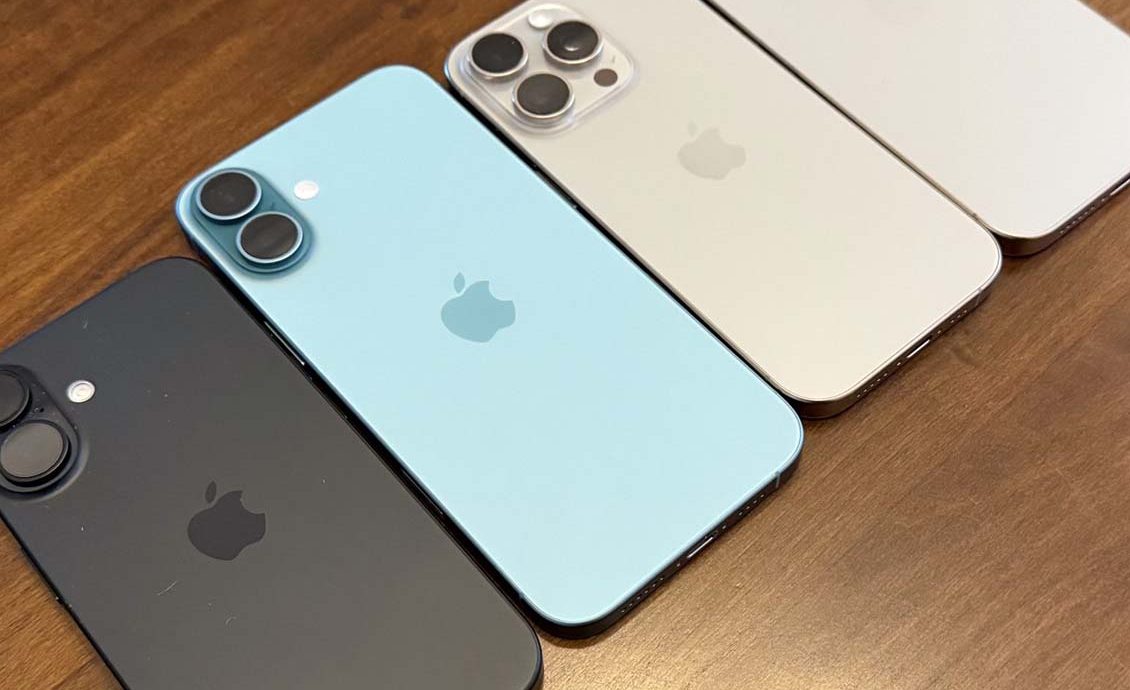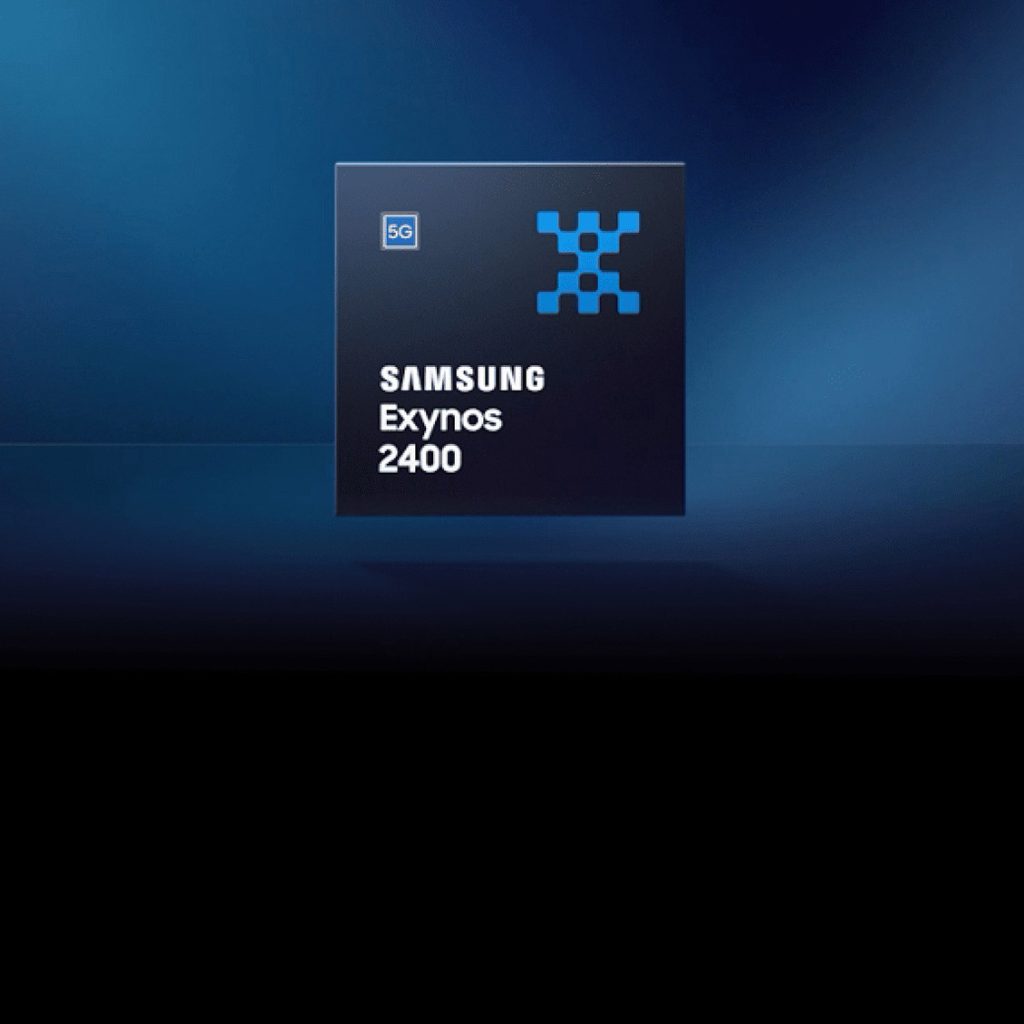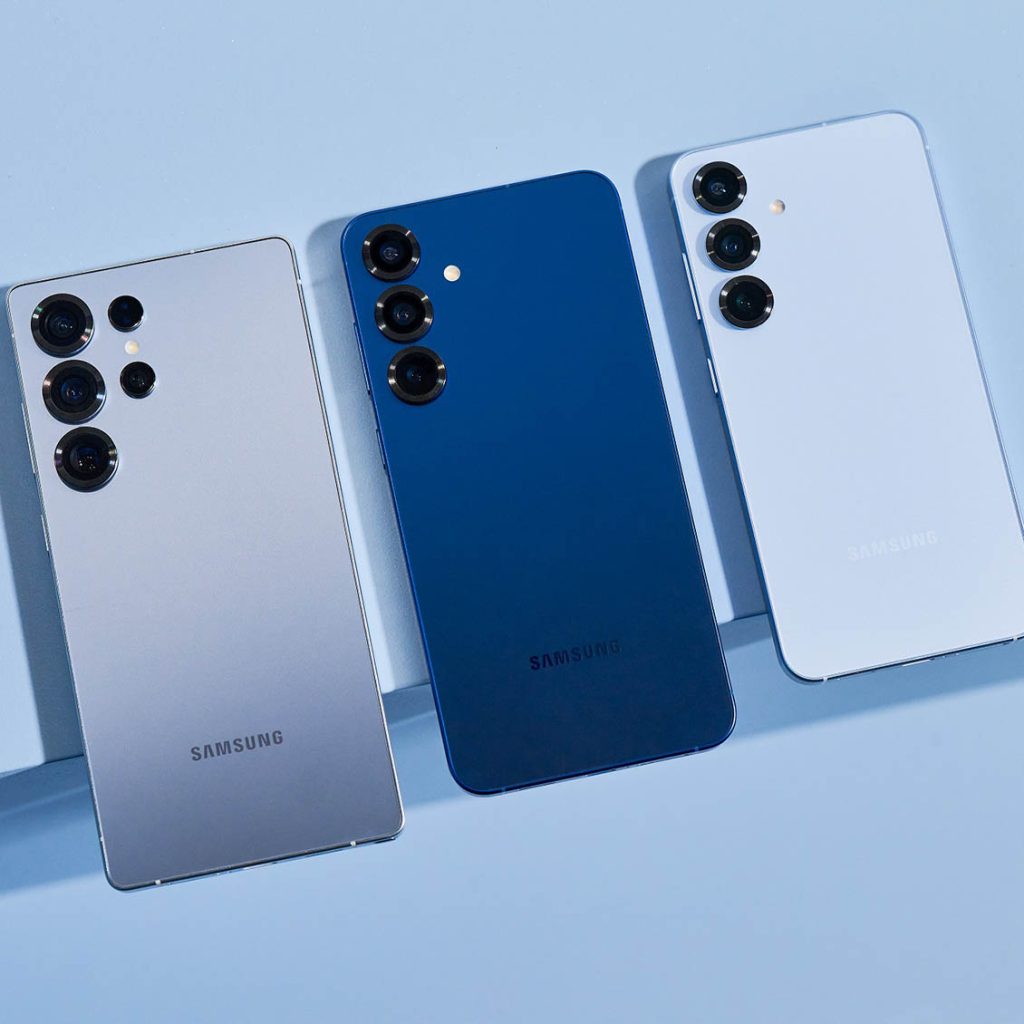
From iPhone 16 to Samsung Galaxy S25: A Comparison of the Most Promising Phones of 2025
PhonesIn 2025, the competition in the smartphone market has become increasingly fierce, with the iPhone 16 and Samsung Galaxy S25 standing out as two of the most promising flagship phones. Both of these devices represent the pinnacle of their respective brands, showcasing cutting-edge advancements in performance, design, camera capabilities, and system optimization. I will compare the iPhone 16 and Samsung Galaxy S25 in-depth, helping you understand their strengths and weaknesses, and determine which one better suits your needs.
1. Overall Comparison of iPhone 16 and Samsung Galaxy S25
Both the iPhone 16 and Samsung Galaxy S25 have undergone significant upgrades in hardware and software, introducing several awe-inspiring features. Whether it’s Apple’s consistent iOS experience or Samsung’s advanced screen technology and multi-functionality, both phones demonstrate the technical prowess of their respective brands.
1.1 Design and Build
iPhone 16:
The iPhone series has always been known for its sleek and elegant design, and the iPhone 16 continues this tradition. It features a more robust titanium alloy frame, giving the phone a more refined appearance and improved durability. The screen is a 6.1-inch OLED Super Retina display with thinner edges and a full-screen design that offers a more immersive visual experience. The iPhone 16 will also come in a wider range of color options to suit different aesthetic preferences.
Samsung Galaxy S25:
The design of the Samsung Galaxy S25 can be described as a perfect blend of innovation and practicality. It features a 6.8-inch Dynamic AMOLED 2X display with a resolution of 3200×1440, offering superior brightness and color performance, with a very high screen-to-body ratio. The distinctive curved screen design is retained, providing a smoother touch and more intuitive user experience. Additionally, the S25 is equipped with IP68 water and dust resistance, ensuring users can rely on the phone in various environments.
1.2 Performance and Hardware
iPhone 16:
The iPhone 16 is powered by Apple’s latest A18 Bionic chip, built using a 5nm process. Both CPU and GPU performance have been significantly improved. The A18 chip’s enhanced AI and machine learning capabilities will further optimize user experience. The device is equipped with 16GB of RAM and storage options up to 2TB, catering to users’ needs for high-speed data processing and storage.
Samsung Galaxy S25:
The Samsung Galaxy S25 is powered by Samsung’s Exynos 2400 processor (or the Qualcomm Snapdragon 8 Gen 3) and supports 5G and Wi-Fi 6E, improving network speeds and data transfer efficiency. The phone comes with 12GB of RAM and storage configurations ranging from 256GB to 1TB, ensuring that the device performs well in multitasking and handling demanding applications.
1.3 Camera and Photography Experience
iPhone 16:
The iPhone 16 brings significant improvements to its camera system, featuring a quad-camera setup with a 48MP main camera, a 12MP ultra-wide lens, a 12MP telephoto lens, and a TOF 3D depth sensor. With new ProRAW processing technology, the iPhone 16 enhances fine details in photos, especially in low-light environments. The phone also supports ProRes video recording and 8K video capture, offering professional-grade video quality.
Samsung Galaxy S25:
The Samsung Galaxy S25 also excels in photography, boasting a triple-camera system with a 200MP main camera, a 12MP ultra-wide lens, and a 100x super-zoom lens. Unlike the iPhone 16, Samsung focuses on multi-functional photography and zoom capabilities. The 100x zoom allows for detailed long-distance shots, capturing fine details with clarity. The S25 also supports 8K video recording, with improved video stability and dynamic range for a more professional filming experience.

1.4 Battery and Battery Life
iPhone 16:
The iPhone 16 features a 5000mAh battery, which, in combination with the optimized iOS system and the efficient A18 chip, provides more than a full day’s usage on a single charge. The phone supports 27W fast charging, significantly reducing charge times—50% in just 30 minutes. Additionally, the iPhone 16 supports MagSafe wireless charging, offering a more convenient charging experience.
Samsung Galaxy S25:
The Samsung Galaxy S25 has a 5500mAh battery, which, along with the optimized One UI system, provides excellent battery life for all-day heavy usage. The phone supports 45W fast charging, delivering rapid recharge times. It also supports wireless charging through the Samsung Wireless Charger, making it very convenient for everyday use.
1.5 Software and System Experience
iPhone 16:
The iPhone 16 runs on the latest iOS 18, which has seen significant improvements in system fluidity and functionality. In particular, iOS 18 enhances privacy protection and AI features, offering users greater control and a more personalized experience. Applications like iMessage, FaceTime, and Siri have also been optimized, further improving user interaction.
Samsung Galaxy S25:
The Samsung Galaxy S25 is powered by One UI 6, based on Android 15. Samsung’s UI design focuses on simplicity and ease of use. One UI 6 adds a host of customization options and enhances integration with the broader Samsung ecosystem. The system also integrates artificial intelligence and machine learning, which automatically optimizes the phone based on users’ habits, offering a more intelligent user experience.
2. Pros and Cons of iPhone 16 and Samsung Galaxy S25
iPhone 16 Pros:
- Exceptional performance and efficient system optimization, capable of handling demanding applications;
- Outstanding camera performance, especially in low-light environments and video recording;
- Excellent battery life and fast charging capabilities;
- Strong privacy protection and system security, as well as the stability of the iOS ecosystem.
iPhone 16 Cons:
- Higher pricing, especially for storage options;
- Conservative design with a lack of major innovation;
- Weaker zoom capabilities compared to Samsung.
Samsung Galaxy S25 Pros:
- Powerful camera capabilities, particularly in zoom performance and multi-camera systems;
- Strong performance and multitasking capabilities, meeting the needs of heavy users;
- Excellent screen display, with superior color saturation and brightness;
- Faster charging speed and a larger battery capacity.
Samsung Galaxy S25 Cons:

- Shorter system update cycles, with updates less frequent compared to iOS;
- While it supports water and dust resistance, the overall system stability is slightly lower than that of iOS;
- Photography algorithms and video processing are somewhat conservative, not achieving the advanced processing technology found in the iPhone 16.
3. How to Choose the Right Phone for You
Choosing the right phone is crucial, and it depends on your specific needs. If you prioritize photography and video recording, particularly long-focus and ultra-wide shots, the Samsung Galaxy S25 is clearly the better choice. However, if you prefer a stable system experience, strong privacy protection, and excellent low-light photography and video recording, the iPhone 16 is the right fit for you.
Both the iPhone 16 and the Samsung Galaxy S25 represent the pinnacle of smartphone technology in 2025. Whether it’s in performance, design, camera capabilities, or system optimization, these two phones showcase impressive innovations and breakthroughs. Ultimately, your choice will depend on your personal usage needs and preferences. If you’re invested in the Apple ecosystem and video recording capabilities, the iPhone 16 is your best choice. On the other hand, if you seek efficient multitasking, powerful zoom features, and an all-around performance, the Samsung Galaxy S25 will be more suited for you.
Purchase Platforms:
- iPhone 16: Available on Amazon.com or Apple Official Website.
- Samsung Galaxy S25: Available on Amazon.com or Samsung Official Website.
You may also like
Recent Posts
- 2025 TV Market Revealed: The Perfect Fusion of Ultra HD and Smart Features
- 2025 iPad Pro vs. Android Tablets: Who is the King of Efficient Office Work?
- 2025 Cameras and Photography: How Technological Advances Have Reshaped My Photography Experience
- Keep Your Website Solid as a Rock: My Perspective on Hosting
- 2025 Best Smartwatch Recommendations: Long Battery Life and Powerful Features Coming Your Way

Leave a Reply